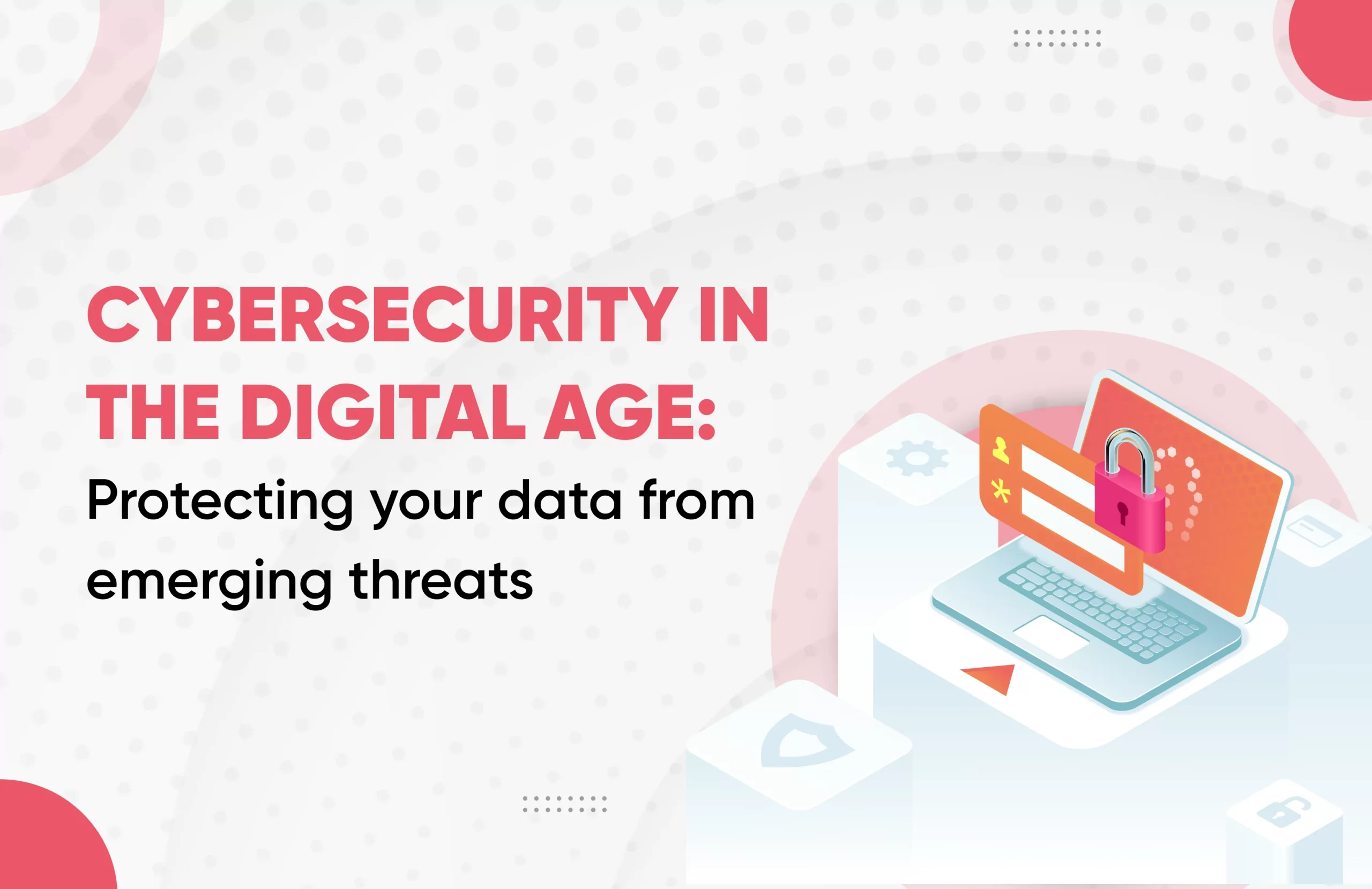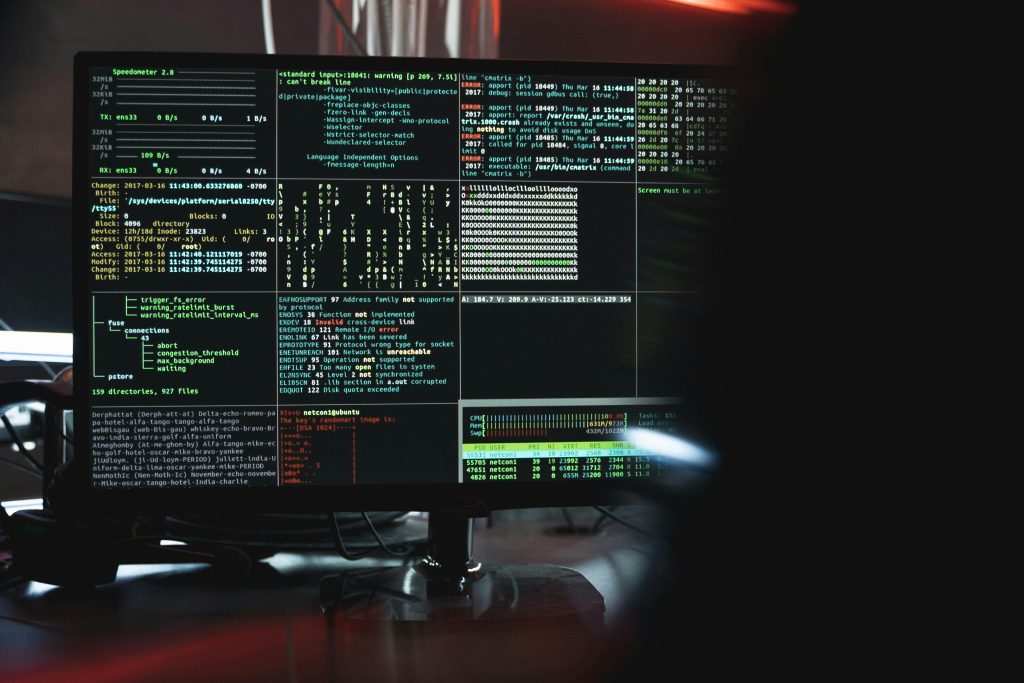Welcome to the ever-evolving world of the digital age. While technology brings convenience and connection, it also opens doors to cyber threats,giving rise to various cybersecurity challenges.
Cybersecurity is crucial today due to the increasing reliance on digital technologies for everyday tasks. With more aspects of our lives moving online, from banking to communication and even healthcare, the risk of cyber threats has grown significantly.
According to a recent report by Cybercrime Magazine, cyberattacks are expected to cost the world $9.5 trillion in 2024. Ransomware, an emerging threat alone, is expected to cost $42 billion in 2024, double the $20 billion it cost in 2021.
This staggering figure highlights the immense financial impact of inadequate cybersecurity measures. Our valuable data, from financial records to personal photos, needs a robust shield to stay safe. Let’s dive into the current threat landscape and understand why is cybersecurity important in today’s world.
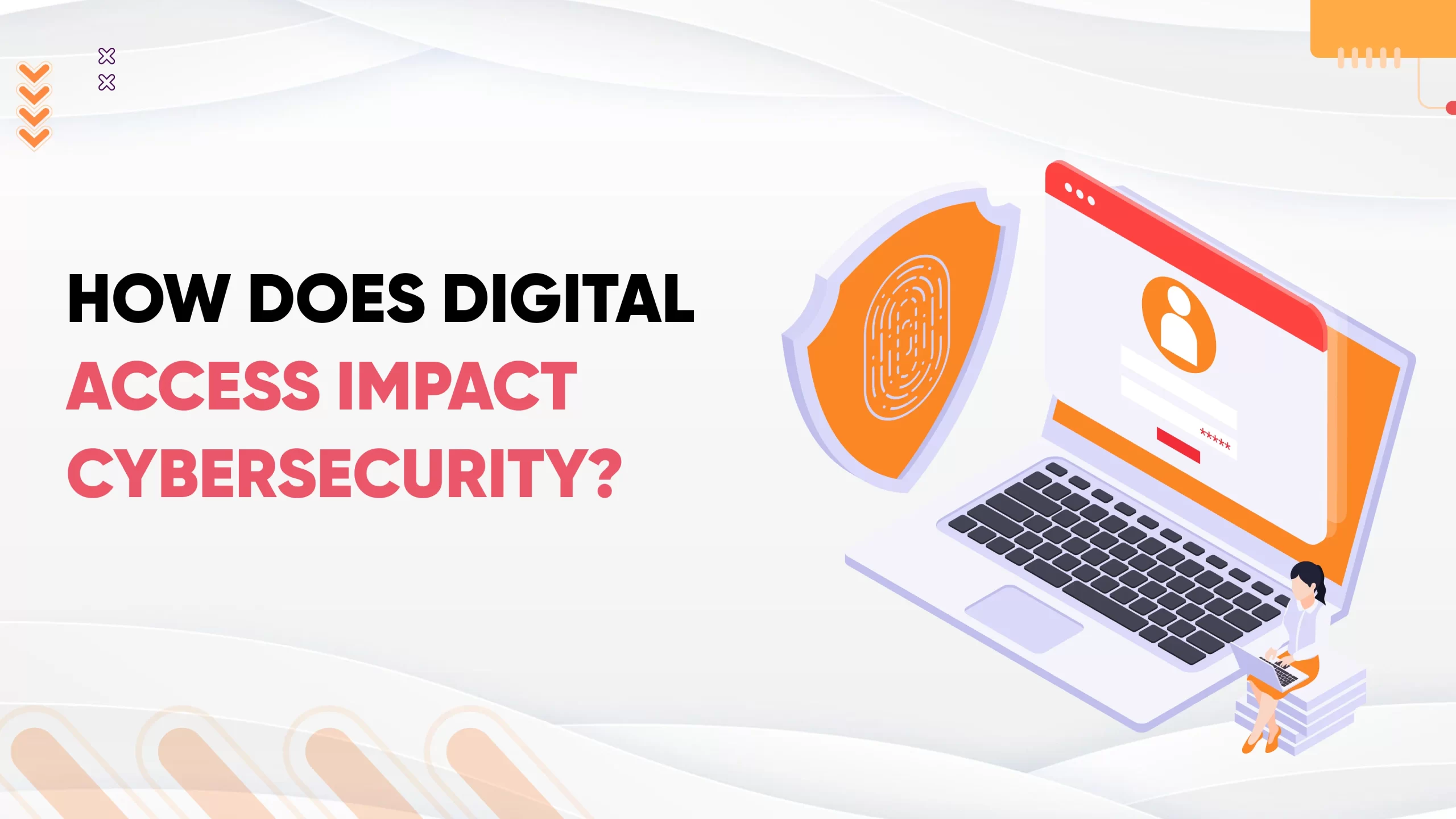
How Does Digital Access Impact Cybersecurity?
Digital access profoundly impacts cybersecurity in today’s interconnected world. With the widespread availability of digital devices and internet connectivity, individuals and organizations enjoy unprecedented access to information and resources. However, this increased accessibility also brings about a host of cybersecurity challenges.
Firstly, the proliferation of digital access expands the attack surface for cybercriminals, highlighting the digital security risk. As more devices connect to the internet, each represents a potential entry point for hackers to exploit vulnerabilities and gain unauthorized access to sensitive data.
Furthermore, the rise of connected devices through the Internet of Things (IoT) amplifies the complexity of cybersecurity management. According to a study by IDC, the number of connected IoT devices is projected to reach over 55 billion by 2025. Mobile devices and IoT gadgets, such as smart thermostats and wearable devices, are often interconnected and vulnerable to cyber threats, underscoring the importance of cybersecurity.
The rise of remote work and virtual collaboration has further emphasized the importance of cybersecurity. The COVID-19 pandemic accelerated the adoption of remote work arrangements, with many businesses transitioning to online operations virtually overnight. This rapid shift has created new opportunities for cybercriminals. While digital access enables flexibility and productivity, it also introduces new security risks, highlighting both the digital security risk and the importance of cybersecurity.
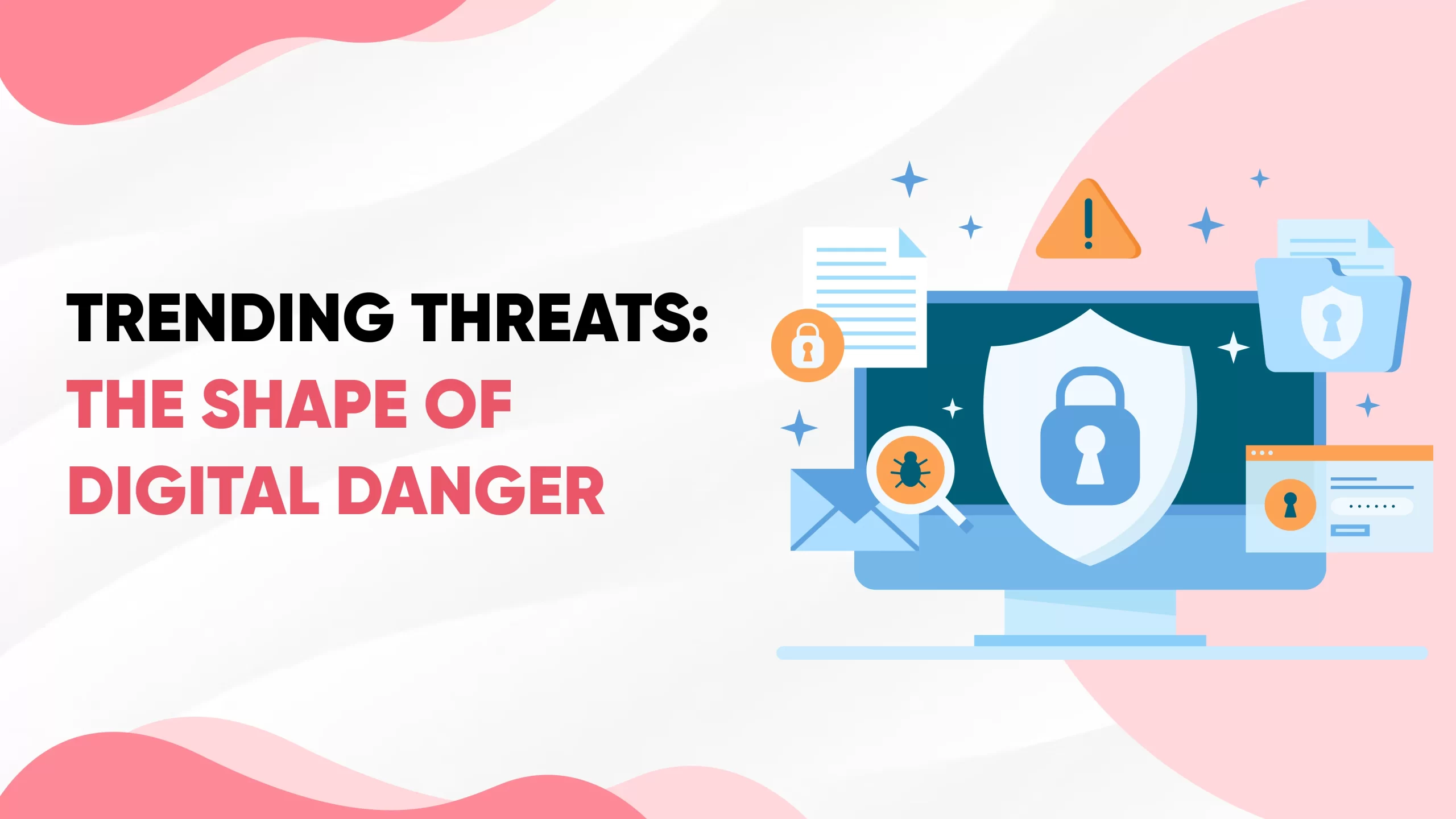
Top 5 CyberSecurity challenges of 2025
Emerging threats in cybersecurity are constantly evolving, shaping the realm of digital danger. From ransomware attacks holding data hostage to sophisticated phishing schemes targeting individuals, the cybersecurity landscape is now a worried space.
-
Ransomware on the Rise
This malicious software encrypts your data and holds it hostage. The recent rise in the attacks has raised the alarm. There’s been a surge in ransomware attacks, where cyber villains hold your data hostage until you pay up. These sneaky programs encrypt your important files, making them inaccessible. High-profile attacks on vital infrastructure have made everyone more worried. It’s crucial to stay alert and take steps to protect against these threats. Ransomware is one of the fastest-growing digital security risks in the digital world.
-
Cybersecurity challenges in Supply Chain
Hackers infiltrate software used by multiple companies, gaining access to a wider data network. They are exploiting weaknesses in supply chains. By sneaking into software systems that many companies use, they can access sensitive data, putting businesses at risk.
For Instance, Imagine a bakery that uses special software to manage orders and deliveries. If a hacker sneaks into this software, they could access not just the bakery’s data but also information from all the other businesses using the same software. It’s important to update software and choose vendors with good security practices to stay safe.
-
Deep Fakes Get Deeper
AI-powered videos manipulate reality, potentially controlling public opinion or impersonating individuals for financial gain. Thanks to fancy technology, deepface videos are becoming a big concern. These videos use artificial intelligence to twist reality, influencing people’s beliefs or even trick them into giving away money. To fight back, we must question what we see, check sources carefully, and be wary of anything that seems too emotional or strange. Stay skeptical, verify sources, and be cautious of emotionally charged content.
-
Phishing
Spear phishing emails target specific individuals, often leveraging stolen information to appear legitimate. Beware of suspicious links, attachments, and urgency tactics. One of the trickiest online scams is phishing, especially spear phishing.
Cyber crooks use stolen information to create emails that look legit, hoping to fool you into doing something you shouldn’t. The Mobile Security Index (MSI) report conducted by Verizon in 2023 said that almost 62% of businesses experienced a breach that was somewhat connected to remote working. Phishing holds the highest percentage of breaches in that report. Being cautious about weird links, attachments, and anything that feels urgent is key to staying safe.
-
The Internet of (Unsecured) Things
Smart gadgets like cameras and thermostats are super convenient but often have security holes. The Internet of Things (IoT) connects every device but also increases the risk of digital threats. To protect yourself, stick with trusted brands, keep your gadgets updated, and use strong passwords. Being proactive about security helps you enjoy the benefits of these gadgets without worrying about cyber criminals.
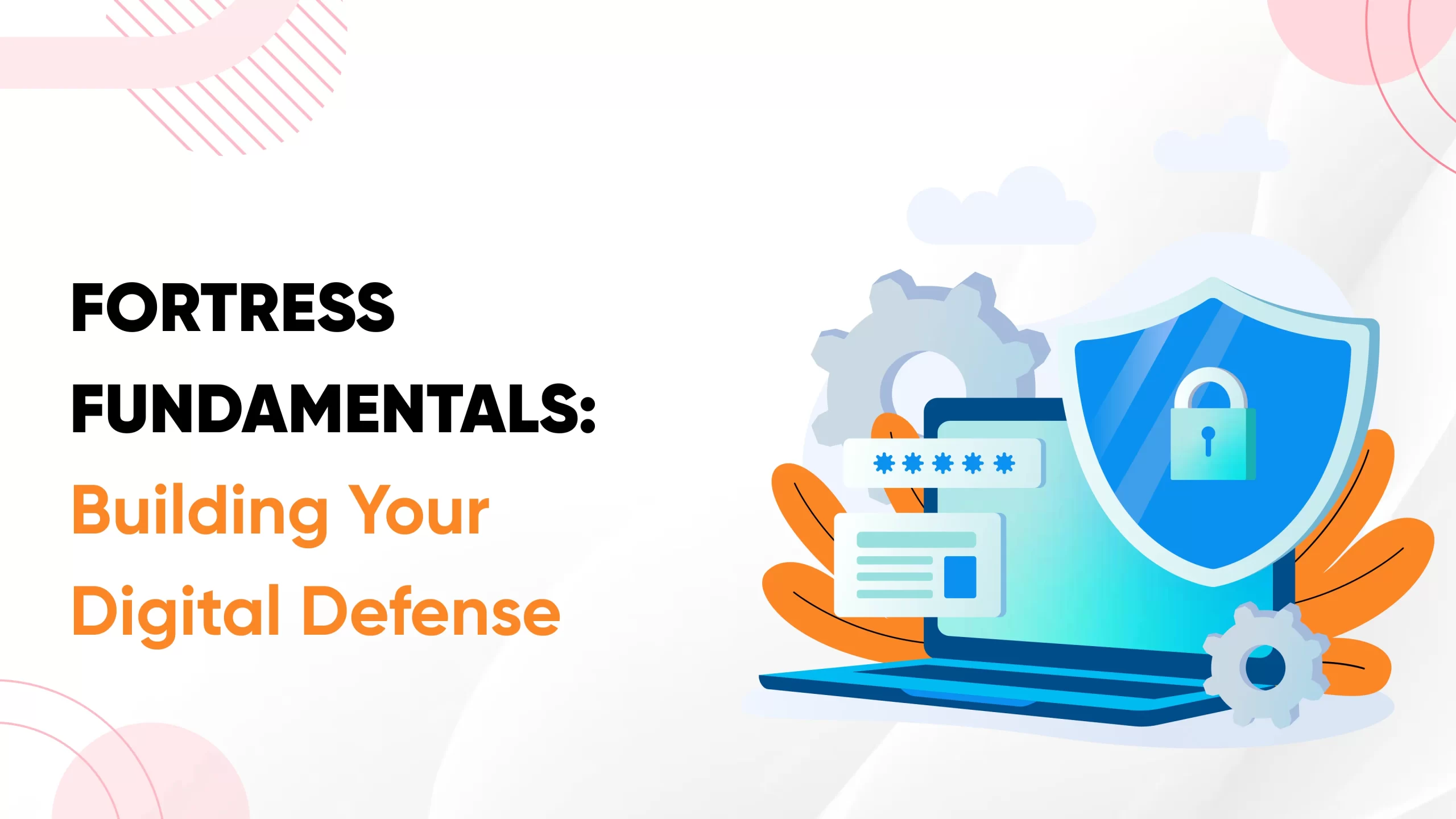
Fortress Fundamentals: Building Your Digital Defense aganist Cybersecurity Challenges
In the landscape of cybersecurity, establishing strong fundamentals is essential to establish your digital defenses against global threats. Investing in foundational security practices lays the groundwork for advanced threat intelligence and comprehensive global threat solutions.
-
Password Powerhouse
Creating strong passwords is like building a fortress around your digital kingdom. Make sure each password is unique and complex, like a puzzle only you can solve. Two-factor authentication adds an extra layer of security, making it harder for cyber villains to breach your defenses. Remember, in digital transformation and cybersecurity challenges, your passwords are the first line of defense against emerging threats like data interception and theft.
-
Patch Perfect
Think of software updates as armor against cyber attacks. These updates often include security fixes that shield your devices from advanced threats. Whether setting automatic updates or diligently installing them manually, staying up-to-date is key in the battle against cyber villains. By prioritizing patching, you ensure your systems remain strong.
-
Encryption Enchantment
Encrypting sensitive data is like locking it away in a digital castle, safe from cyber thieves. Whether on your devices or in transit, encryption adds an extra layer of protection against these threats. It acts as a digital vault for your most valuable assets, safeguarding them against cyberattacks in the ever-evolving cybersecurity landscape.
-
Beware of the Clickbait
In the vast digital world, danger hides behind every click. Suspicious attachments and unknown links could be traps set by cyber attackers aiming to compromise your data. Stay vigilant and resist the temptation to click, even if the source seems familiar. Curiosity might not kill the cat, but it could fail your digital threat management.
-
Backup Blitz
In the ongoing battle against cyber threats, backups are your secret weapon. Regularly backup your important data to secure locations like cloud storage. This practice ensures a safety net in case of cyberattacks or accidental data loss. Think of it as creating digital copies of your most valuable treasures, ready to be restored immediately. With backups in place, you can outsmart dangerous threats and safeguard your digital assets.
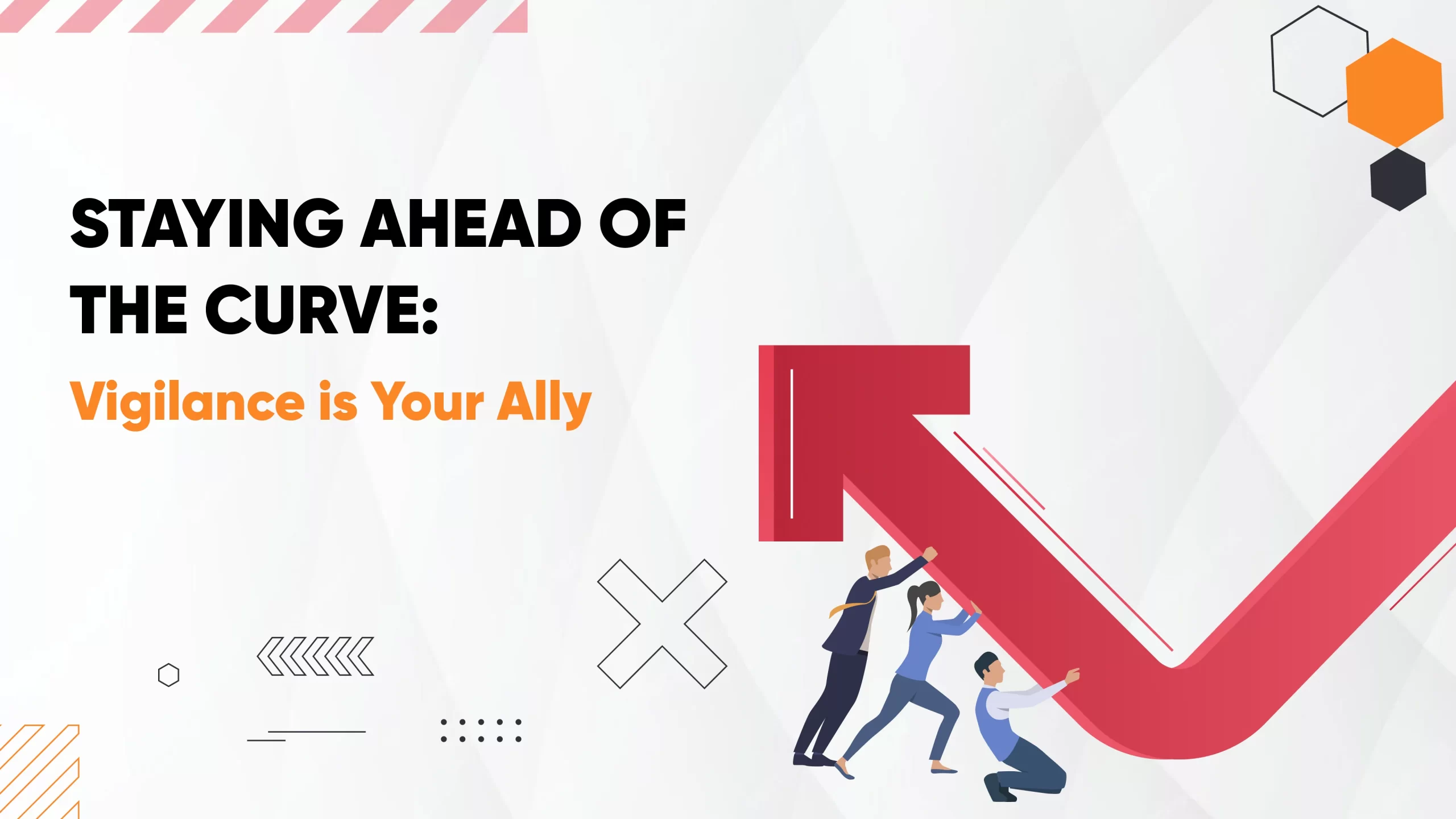
Staying Ahead of the Curve: Vigilance is Your Ally
As you navigate the complexities of the cybersecurity challenges in digital transformation, it becomes evident that ensuring robust protection measures is not simple. If you’re part of an organization, advocate for cybersecurity policies and encourage discussions about online safety. Remember, everyone plays a role. Pay attention to software updates for operating systems, applications, and even your router. These updates often patch vulnerabilities exploited by cybercriminals. Moreover, build a threat intelligence database and solutions against it.
However, maintaining this level of protection requires expertise and resources that may stretch beyond individual capabilities. Partnering with a trusted IT staffing company can make all the difference. An in-house team comes with additional expenses, but a remote team is a cost-saving gadget. The team of remote developers possesses the skills and experience necessary to fortify your defenses against emerging threats, allowing you to focus on what matters most, i.e., your business.
Conclusion
Various Cybersecurity challenges are on the rise ,but, By understanding digital transformation and cyber security, you can take control of your digital well-being in the landscape of the online world. Remember, cybersecurity is not a one-time fix but rather an ongoing journey of vigilance and adaptation. Stay informed, stay proactive, and protect your data in the digital age.






